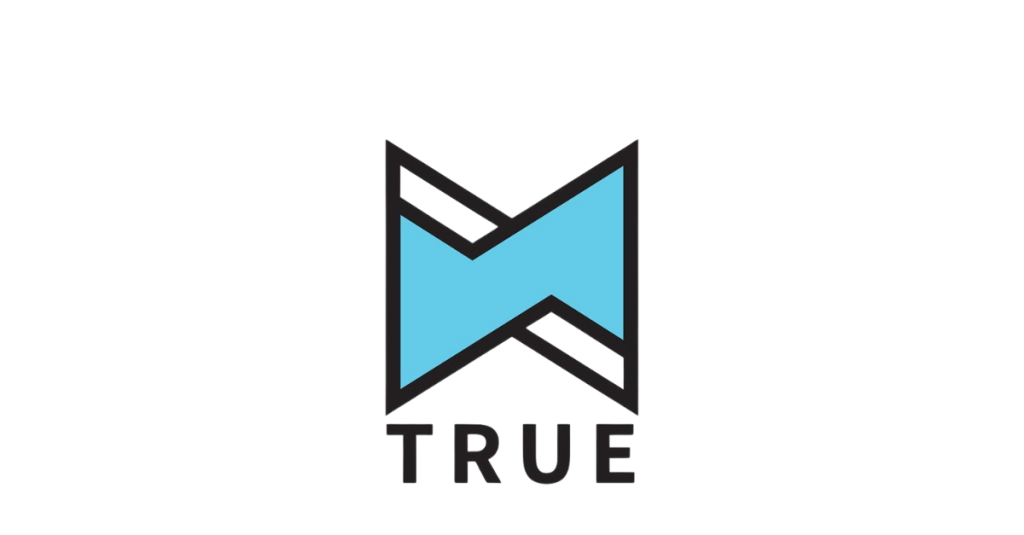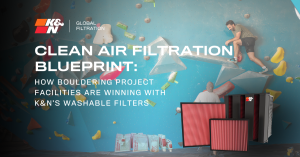TRUE is a zero waste certification program dedicated to measuring, improving and recognizing zero waste performance by encouraging the adoption of sustainable materials management and reduction practices.
K&N reusable filters may contribute to the pursuit of certain credits within the TRUE rating system as part of a larger strategy. Some of these opportunities to contribute to your TRUE certification are outlined below.
Redesign Credit 4: Complete Review of the Supply Chain
Amend your supply chain to reduce waste from vendors by using reusable air filters. Show documentation to prove policy change.
Reduce Credit 1: Materials Reduced by Commodity
Identify at least one material (in this case your HVAC filters) which are being reduced. Collect documentation of the material volumes from a determined baseline period that is representative of ongoing operations.
Reuse Credit 1: Develop Systems that Emphasize Reuse
Identify single-use materials (HVAC filters) and establish a program to help reduce or eliminate at least one material/item type, by replacing conventional filters with K&N reuseable filters.
Zero Waste Reporting Credit 1: Document Diversion by Commodity or Waste
Develop and implement tracking procedures for HVAC filters. Strive to obtain actual weights for HVAC filters.
Zero Waste Reporting Credit 2: Track Financial Data for Diversion and Waste Disposal
Develop a diversion and associated cost matrix (landfill disposal cost, avoided landfill cost, recycling hauling costs, any other fees/cost) on a building size basis. Identify your waste hauling/landfill fees and, depending on your local jurisdiction and waste management utility/vendor, you may be able to show avoided costs for your HVAC filter waste reduction.
Diversion Credits
Develop a case history to demonstrate 12-month diversion benefits:
Divide weight of materials diverted by the total weight of materials generated and compare with credits available which range from 90.1% to 100%.
To create additional credit for the use of K&N reusable filters, before installing K&N filters, weigh a representative sample of legacy disposable filters from each air handling unit (AHU) operated in the building, when they have reached the end of their service life, as they are removed before they are sent to landfill. Multiply the weights of individual used filters by the number of filters installed in each AHU to derive the total weight of filters being sent to landfill for the building. This is the additional diversion weight in the reduction category for the calculation above.
Zero Waste Purchasing Credit 2: Include Preference for Durable Goods in EPP Policy or Guideline
As part of the project’s written EPP policy or guideline requiring first preference be given in purchasing to durable goods, Add K&N reuseable filters to your list of durable goods.
Purchasing Credit 4: Identify EPP Items in purchasing catalogs
As part of your environmentally preferred items catalog, include K&N reuseable filters, and add reusable air filters to your central purchasing system.
Pro Tip
TRUE certification can support the pursuit of Materials and Resources credits in LEED for Operations and Maintenance and LEED Zero Waste certification.
If you’re interested in learning more about TRUE, visit true.gbci.org.




